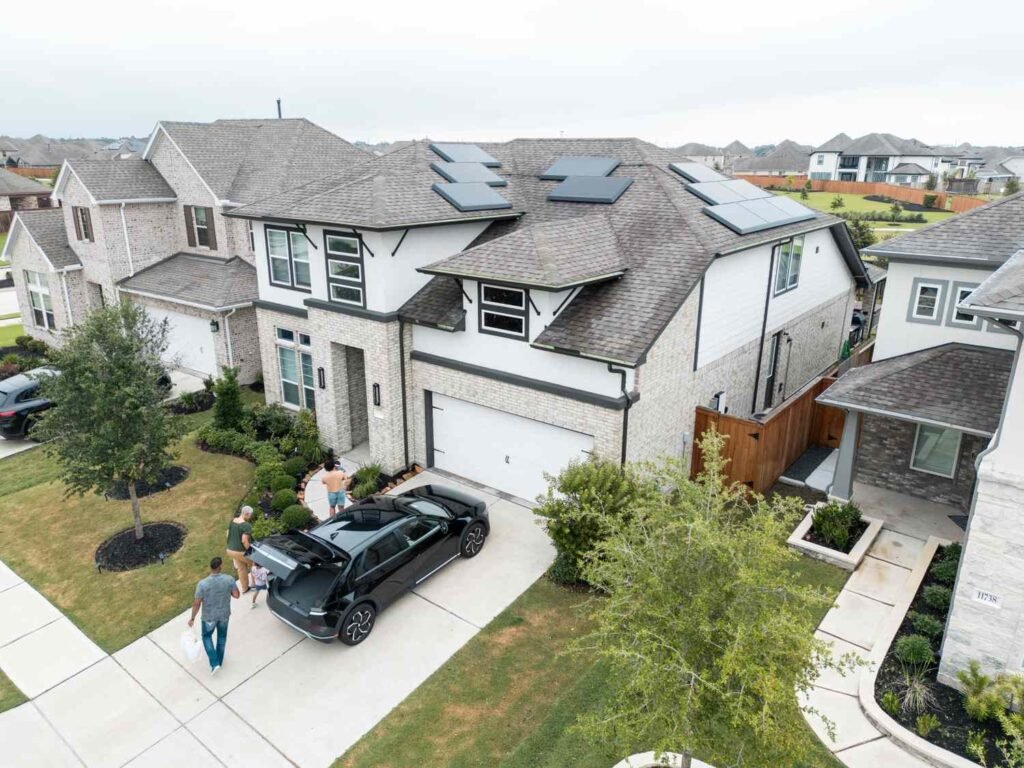:max_bytes(150000):strip_icc():format(jpeg)/GettyImages-2197891277-e9e8723136184982a0950e387973a242.jpg)
It sounds like the plot to a direct-to-video science fiction film: insurers using drones or satellites to spy on your home. But for some homeowners, it’s real, and it’s costing them home insurance coverage. Regulators report rising complaints from people whose coverage was dropped after aerial images flagged their homes as risky, and they warn those images could be misleading.
Key Takeaways
- Homeowners insurance companies can use drone or satellite images to check your home’s risk level.
- Some companies have refused to renew policies based on what they see in these images.
- In many states, insurers must tell you why they’re not renewing your coverage.
- If they don’t follow the rules, you can report them to your state insurance department.
How Insurers Are Using Aerial Surveillance
Insurers now use aerial images from drones, planes, or satellites to check your home’s condition and spot potential risks. These photos may be scanned by artificial intelligence to flag issues like roof damage or yard debris. If your home appears riskier than before, your insurer might decide not to renew your policy.
Insurers can look for changes to your house that can only be glimpsed from above, like potential damage to your roof. California Assemblywoman Lisa Calderon, who has introduced a bill that would require insurers to notify homeowners before using aerial imaging, cited examples of homeowners being “blindsided” by nonrenewal notices for issues like “a small branch touching the house,” “mold, algae on roof,” and “outdated paint.”
Why This Matters to Homeowners
Aerial surveillance helps insurers inspect your home more easily and can speed up claims after damage. But it also raises concerns around privacy. While drone photos are similar to what an in-person inspector might see, many homeowners aren’t aware these flyovers are happening.
The other consequence has more material effects, especially for your wallet. Homeowners have increasingly reported that insurers have declined to renew their policies after an unannounced flyby. In states like California, where insurers are dropping policies or reducing coverage in fire-prone areas, aerial surveillance could make finding coverage in an ever-shrinking homeowners insurance market more challenging.
Another concern is that aerial surveillance imagery can be imprecise. For example, the California Department of Insurance has investigated complaints about flawed aerial imagery leading to wrongful cancellations or nonrenewals. A human may not even be interpreting the image at all: artificial intelligence may be flagging the homes for nonrenewal.
Other states have taken note. Last year, the Pennsylvania government sent a note to home insurance companies reminding them of their obligation to confirm roof damage in person, while alluding to the poor quality of aerial imagery used in making nonrenewal and underwriting decisions.
How to Protect Yourself
Insurance companies are allowed to take aerial images of your home, and they don’t have to tell you first. If your policy isn’t renewed because of these images, there are steps you can take to protect your coverage.
Know Your Rights
Every state has laws regulating when insurance companies can cancel a policy. For example, in Pennsylvania, if a policy has been in force for 60 days or more, insurers must prove that a substantial change in risk has occurred to cancel a policy. Aerial imagery may not be enough to establish proof.
In addition, states require insurers to notify you of the nonrenewal within a set number of days before your policy’s expiration date and explain their reasoning.
If you disagree with your insurer’s decision, you can dispute it, possibly with the help of a public adjuster, and you may be able to file a complaint with your state’s insurance commissioner. States have laws that penalize unfair insurance practices, which may include using inaccurate aerial imagery to cancel your policy.
Change Carriers
If you’d rather not deal with a drone hovering over your roof, you might consider switching insurance companies. Not only could this save you money, but it could also help you find an insurer who doesn’t use aerial surveillance. Be sure to ask the insurer about their methods before agreeing to purchase coverage from them.
Bottom Line
Some insurers now use aerial images to assess your home’s condition remotely. While this technology helps them spot risks quickly, state laws may require more than just a drone photo to justify canceling your coverage. Contact your state’s insurance department if you think your policy was unfairly dropped.

